Home>Gardening & Outdoor>Plant Care & Gardening Tips>When To Plant Wildflower Seeds In Virginia
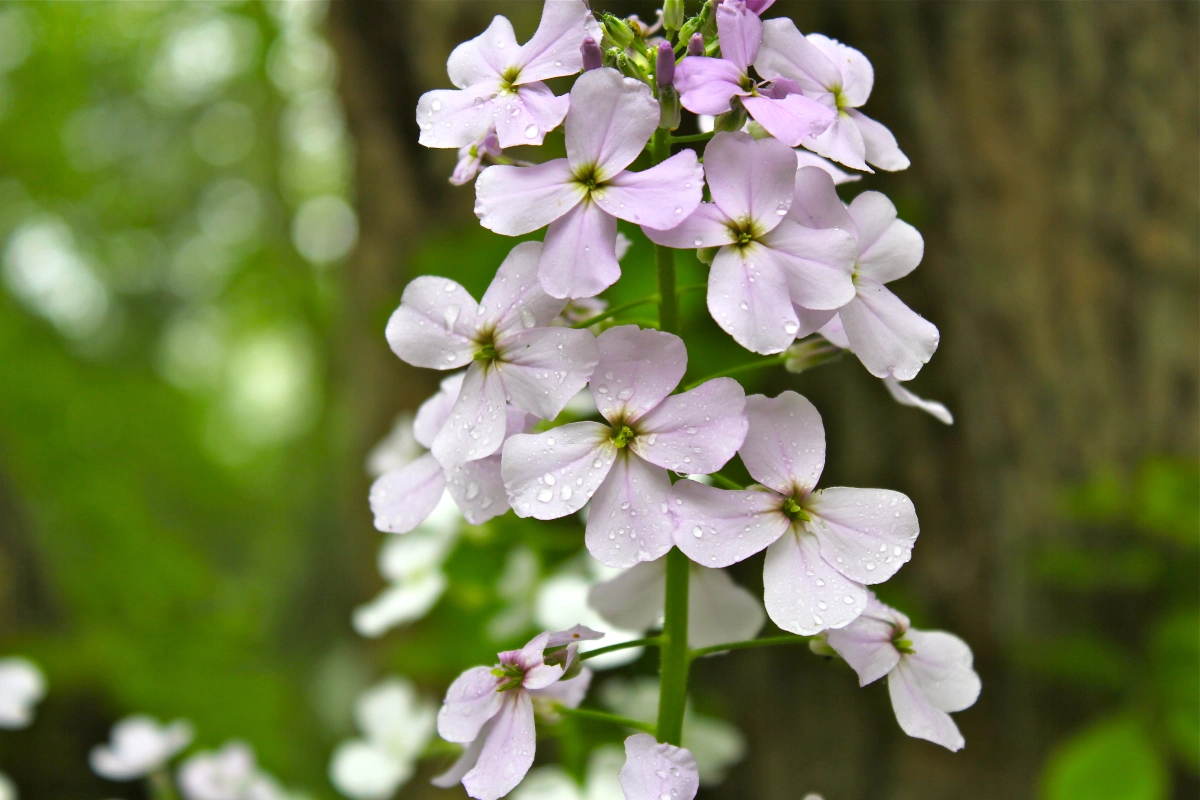

Plant Care & Gardening Tips
When To Plant Wildflower Seeds In Virginia
Modified: October 20, 2024
Discover the best time to plant wildflower seeds in Virginia with expert plant care and gardening tips. Create a vibrant garden with our essential advice.
(Many of the links in this article redirect to a specific reviewed product. Your purchase of these products through affiliate links helps to generate commission for Storables.com, at no extra cost. Learn more)
**
Introduction
**
Wildflowers bring an enchanting and natural allure to any landscape. Their vibrant colors and delicate beauty can transform a dull, lifeless area into a breathtaking tapestry of flora. Planting wildflowers is a rewarding and environmentally friendly way to enhance the biodiversity of an area while adding a touch of natural elegance.
In Virginia, the diverse climate and soil conditions provide an ideal environment for cultivating a stunning array of wildflowers. From the majestic Blue Ridge Mountains to the scenic Chesapeake Bay, Virginia's landscape offers a rich tapestry of ecosystems that can support a wide variety of wildflower species. Understanding the unique characteristics of wildflowers and the optimal conditions for their growth is essential for successful cultivation.
In this guide, we will delve into the fascinating world of wildflowers and explore the best practices for planting and caring for these captivating blooms in Virginia. We will discuss the ideal climate and soil conditions, the best time for planting wildflower seeds, and the essential steps for nurturing these delicate plants. By the end of this article, you will be equipped with the knowledge and confidence to cultivate a stunning wildflower garden that will thrive in Virginia's diverse environment.
**
Key Takeaways:
- Plant wildflower seeds in Virginia in early spring or late fall for successful growth, considering the specific species and local climate.
- Choose native wildflowers for a sustainable and biodiverse garden, supporting local wildlife and preserving Virginia’s natural heritage.
Read more: When To Plant Grass Seed Virginia
Understanding Wildflowers
**
Wildflowers, also known as native flowers, are a diverse group of flowering plants that grow in the wild without any human intervention. These plants play a crucial role in maintaining the ecological balance and supporting local wildlife. Unlike cultivated garden flowers, wildflowers have adapted to the specific environmental conditions of their native habitats, making them well-suited for the local ecosystem.
One of the most appealing aspects of wildflowers is their remarkable diversity. From the iconic Black-eyed Susan to the delicate Virginia Bluebell, Virginia is home to a wide array of native wildflower species, each with its unique characteristics and growing requirements. Understanding the specific needs of these plants is essential for successful cultivation.
Wildflowers are not only aesthetically pleasing but also serve important ecological functions. They provide nectar and pollen for bees, butterflies, and other pollinators, contributing to the overall health of local ecosystems. Additionally, many native wildflowers are well-adapted to the local climate and soil conditions, making them resilient and low-maintenance options for gardeners.
By choosing native wildflowers for your garden, you can create a sustainable and biodiverse landscape that supports local wildlife and preserves the natural heritage of Virginia. Whether you are aiming to attract pollinators, create a vibrant meadow, or simply add a touch of natural beauty to your surroundings, understanding the unique characteristics of wildflowers is the first step toward successful cultivation.
**
Climate and Soil Conditions in Virginia
**
Virginia’s diverse climate and topography create a wide range of growing conditions, making it an ideal environment for various wildflower species. The state experiences a humid subtropical climate in the eastern region, transitioning to a more continental climate in the western mountains. Understanding the local climate and soil conditions is crucial for selecting the right wildflower species and ensuring their successful growth.
The eastern part of Virginia, including the Tidewater region and the Eastern Shore, features hot and humid summers, mild winters, and ample rainfall throughout the year. This coastal climate is well-suited for a variety of wildflowers, including the iconic Black-eyed Susan, Coreopsis, and Butterfly Weed. These species thrive in well-drained, loamy soils and are well-adapted to the coastal climate’s moisture levels.
As we move westward, the climate transitions to a more temperate pattern, with cooler temperatures and distinct seasons. The central and northern regions of Virginia experience a more moderate climate, providing an ideal environment for a diverse range of wildflowers, such as the Virginia Bluebell, Cardinal Flower, and Wild Bergamot. These species prefer moist, fertile soils and can thrive in the temperate conditions found in these areas.
The mountainous western region of Virginia, including the Blue Ridge and Appalachian Mountains, presents unique growing conditions characterized by higher elevations, cooler temperatures, and well-drained soils. Here, wildflowers like the Purple Coneflower, Black Cohosh, and Fire Pink flourish in the rocky, acidic soils of the mountainous terrain, creating stunning displays of color against the backdrop of the rugged landscape.
Understanding the specific climate and soil conditions in your area is essential for selecting the right wildflower species and creating a thriving garden. By choosing native species that are well-adapted to the local environment, you can ensure the long-term success and sustainability of your wildflower garden in Virginia’s diverse landscape.
**
Best Time to Plant Wildflower Seeds
**
Timing is crucial when it comes to planting wildflower seeds in Virginia. While wildflowers are hardy and resilient, selecting the optimal time for sowing seeds can significantly impact their growth and overall success. Understanding the seasonal rhythms and natural cycles of wildflowers is essential for determining the best time to plant seeds and establish a thriving garden.
In Virginia, the ideal time for planting wildflower seeds largely depends on the specific species and the local climate. As a general guideline, early spring and late fall are considered the best seasons for sowing wildflower seeds in the state. Early spring, typically from March to April, provides favorable conditions for seed germination, as the soil begins to warm up, and the risk of frost diminishes. This period allows the seeds to establish roots and develop before the onset of summer heat.
Late fall, usually from October to November, also presents an excellent opportunity for planting wildflower seeds in Virginia. During this time, the soil is still relatively warm from the summer months, and the cooler temperatures create an optimal environment for seed stratification, a natural process that breaks seed dormancy and promotes germination in the spring. By sowing seeds in late fall, gardeners can take advantage of the winter precipitation and natural stratification process, giving the seeds a head start for the upcoming growing season.
It’s important to note that some wildflower species may have specific preferences for the timing of seed sowing. For example, annual wildflowers like the Black-eyed Susan, California Poppy, and Cornflower are best sown in early spring, while biennial and perennial species, such as the Purple Coneflower, Bee Balm, and Lupine, may benefit from fall planting to align with their natural life cycles.
By understanding the unique characteristics and growth patterns of the wildflower species you intend to plant, you can make informed decisions about the best time to sow seeds and maximize the chances of a successful and vibrant wildflower garden in Virginia.
**
The best time to plant wildflower seeds in Virginia is in the fall, between September and November. This allows the seeds to establish roots before the winter and bloom in the spring.
Steps for Planting Wildflower Seeds
**
Planting wildflower seeds in Virginia is a rewarding and straightforward process that can yield spectacular results with the right approach. Whether you are creating a vibrant meadow, enhancing a natural area, or adding a colorful touch to your garden, following these essential steps will help you establish a thriving and diverse wildflower habitat.
Selecting the Right Location:
Choose a suitable location for planting wildflower seeds based on the specific requirements of the selected species. Consider factors such as sunlight exposure, soil type, and drainage to ensure optimal growing conditions. Many wildflowers thrive in well-drained, sunny areas, while others may prefer partial shade or moist soils.
Preparing the Soil:
Before sowing the seeds, prepare the soil by removing any existing vegetation and loosening the top layer to create a suitable seedbed. While wildflowers are often adaptable to various soil types, ensuring good soil contact for the seeds is essential for successful germination and establishment.
Sowing the Seeds:
For even distribution, mix the wildflower seeds with a carrier material, such as sand or vermiculite, to facilitate uniform coverage. Broadcast the seed mixture over the prepared soil, either by hand or using a seed spreader, and gently rake the area to lightly cover the seeds with soil. Avoid sowing the seeds too deeply, as most wildflower species require exposure to light for germination.
Watering and Initial Care:
After sowing the seeds, lightly water the area to ensure good seed-to-soil contact. Depending on the local climate and precipitation patterns, monitor the moisture levels and provide supplemental watering as needed to support seed germination and early growth. Avoid overwatering, as excessive moisture can lead to fungal issues and poor seedling development.
Establishing Growth:
As the wildflower seeds germinate and the seedlings emerge, continue to monitor the area for weed competition and provide light irrigation to support the young plants’ establishment. Once the wildflowers have developed a robust root system and are actively growing, they will require less maintenance and can thrive with minimal intervention.
Managing Growth and Development:
As the wildflowers mature, consider implementing sustainable practices to promote long-term health and biodiversity. Encourage pollinators and beneficial insects by avoiding chemical pesticides and herbicides, and allow the wildflowers to complete their natural life cycles, which may include self-seeding and re-establishment in subsequent seasons.
By following these steps and adapting them to the specific needs of the chosen wildflower species, you can create a vibrant and sustainable wildflower habitat that enhances the natural beauty of Virginia’s landscape while supporting local biodiversity.
**
Read more: When To Seed Grass In Virginia
Maintenance and Care
**
Once your wildflower garden is established, ongoing maintenance and care are essential to ensure the continued health and vitality of the plants. While native wildflowers are generally low-maintenance, providing the right support and attention can help them thrive and contribute to the overall beauty and ecological balance of the garden.
Watering:
While wildflowers are often well-adapted to local climate conditions, occasional watering may be necessary during periods of prolonged drought. Monitor the soil moisture and provide supplemental watering as needed, particularly for newly established plants and during dry spells. Avoid overwatering, as excessive moisture can lead to root rot and other issues.
Weed Control:
Regularly inspect the wildflower garden for invasive weeds that may compete with the native plants for resources. Hand-pull weeds or use mulch to suppress weed growth while allowing the wildflowers to thrive. Avoid using chemical herbicides, as they can harm beneficial insects and disrupt the natural balance of the ecosystem.
Supporting Pollinators:
Wildflowers play a crucial role in supporting pollinators such as bees, butterflies, and hummingbirds. To enhance the garden’s biodiversity and ecological impact, consider planting a variety of wildflowers that bloom at different times throughout the growing season, providing a consistent food source for pollinators. Additionally, avoid using pesticides and provide shelter and nesting sites for beneficial insects and wildlife.
Deadheading and Pruning:
Deadheading, or removing spent flowers, can encourage prolonged blooming and prevent the plants from expending energy on seed production. Additionally, light pruning or trimming may be beneficial for maintaining the wildflower garden’s overall appearance and preventing overcrowding. However, it’s essential to research the specific pruning needs of the wildflower species in your garden, as some may benefit from minimal intervention.
Long-Term Sustainability:
As your wildflower garden matures, consider the long-term sustainability of the ecosystem. Allow the plants to complete their natural life cycles, which may include self-seeding and natural re-establishment. By embracing the natural processes of the wildflowers, you can create a self-sustaining and biodiverse habitat that contributes to the overall ecological health of the area.
By providing attentive care and respecting the natural rhythms of the wildflowers, you can cultivate a thriving and sustainable garden that not only enhances the visual appeal of your surroundings but also contributes to the preservation of Virginia’s native flora and fauna.
**
Conclusion
**
Cultivating a wildflower garden in Virginia is a delightful and enriching endeavor that allows you to connect with the natural beauty and biodiversity of the region. Whether you are a seasoned gardener or a novice enthusiast, the process of planting and caring for native wildflowers offers a rewarding journey filled with vibrant colors, captivating scents, and the joyful presence of pollinators and wildlife.
By understanding the unique characteristics of wildflowers and the optimal conditions for their growth, you can create a sustainable and biodiverse landscape that not only enhances the visual appeal of your surroundings but also contributes to the preservation of Virginia’s native flora and fauna. From the coastal plains to the mountainous terrain, Virginia’s diverse climate and soil conditions provide an ideal canvas for cultivating a stunning array of wildflowers, each contributing to the rich tapestry of the state’s natural heritage.
As you embark on your wildflower gardening journey, remember to select species that are well-adapted to the local environment, choose the right planting time, and provide ongoing care to support the long-term health and vitality of the plants. Embrace the natural processes of the wildflowers, allowing them to complete their life cycles and contribute to the self-sustaining beauty of your garden.
Whether you are creating a vibrant meadow, enhancing a natural area, or adding a colorful touch to your garden, the steps you take to plant and care for wildflowers can have a positive impact on the local ecosystem, supporting pollinators, preserving native flora, and contributing to the overall ecological balance of the region.
As you witness the breathtaking blooms, bustling with life and color, you will experience the joy and fulfillment that come from nurturing a thriving wildflower garden in the heart of Virginia. Let the beauty of native wildflowers inspire you to connect with the natural world and create a sustainable and enchanting habitat that will be cherished for years to come.
Frequently Asked Questions about When To Plant Wildflower Seeds In Virginia
Was this page helpful?
At Storables.com, we guarantee accurate and reliable information. Our content, validated by Expert Board Contributors, is crafted following stringent Editorial Policies. We're committed to providing you with well-researched, expert-backed insights for all your informational needs.
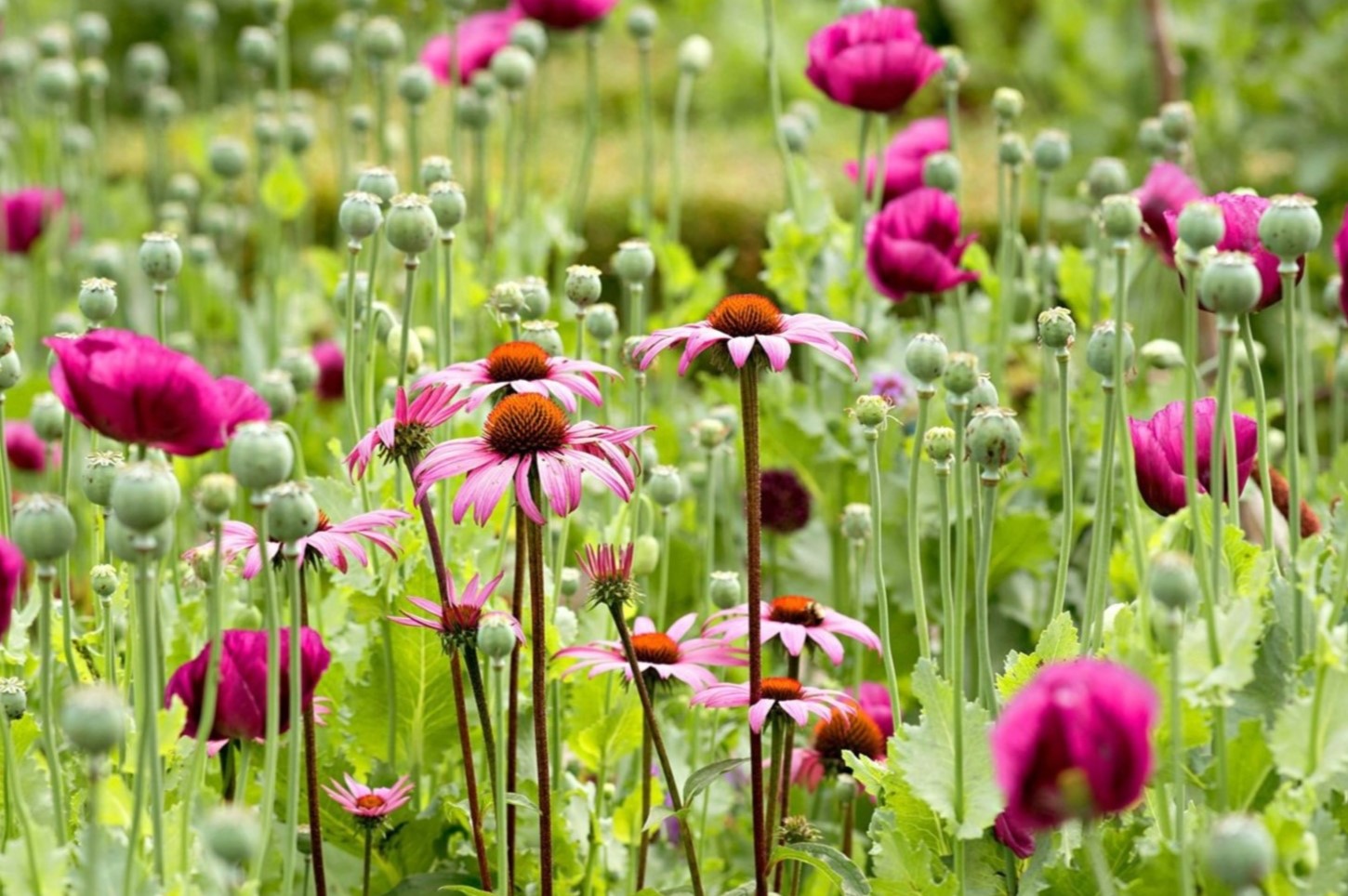
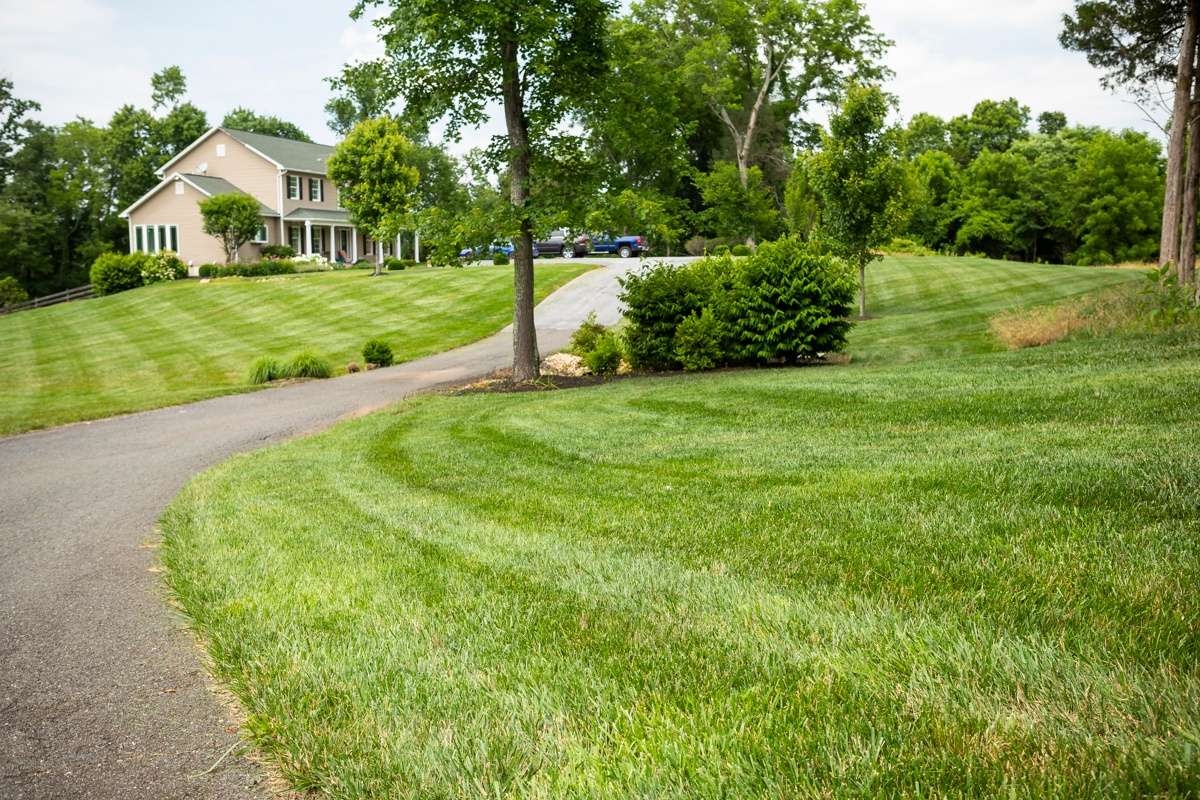
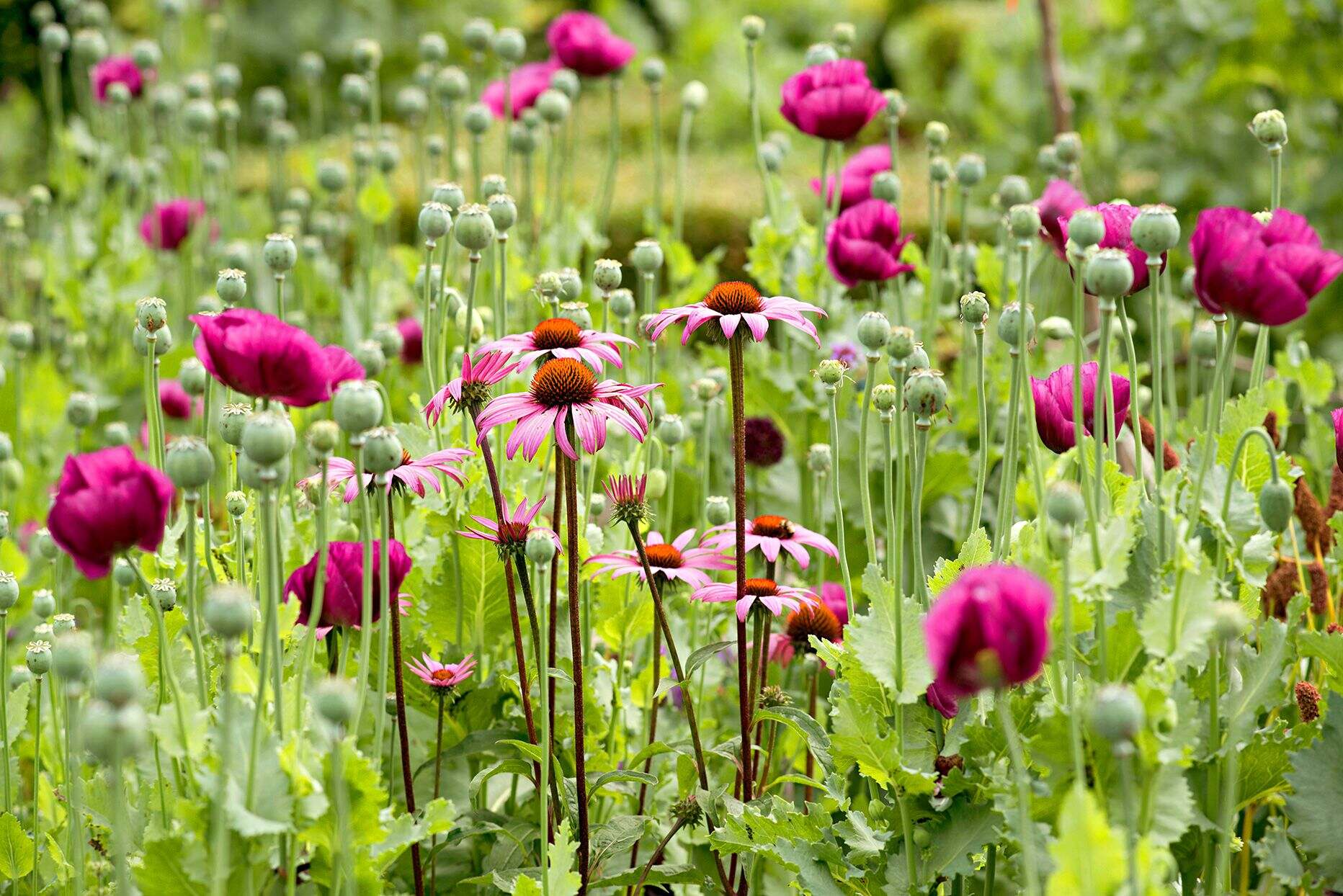
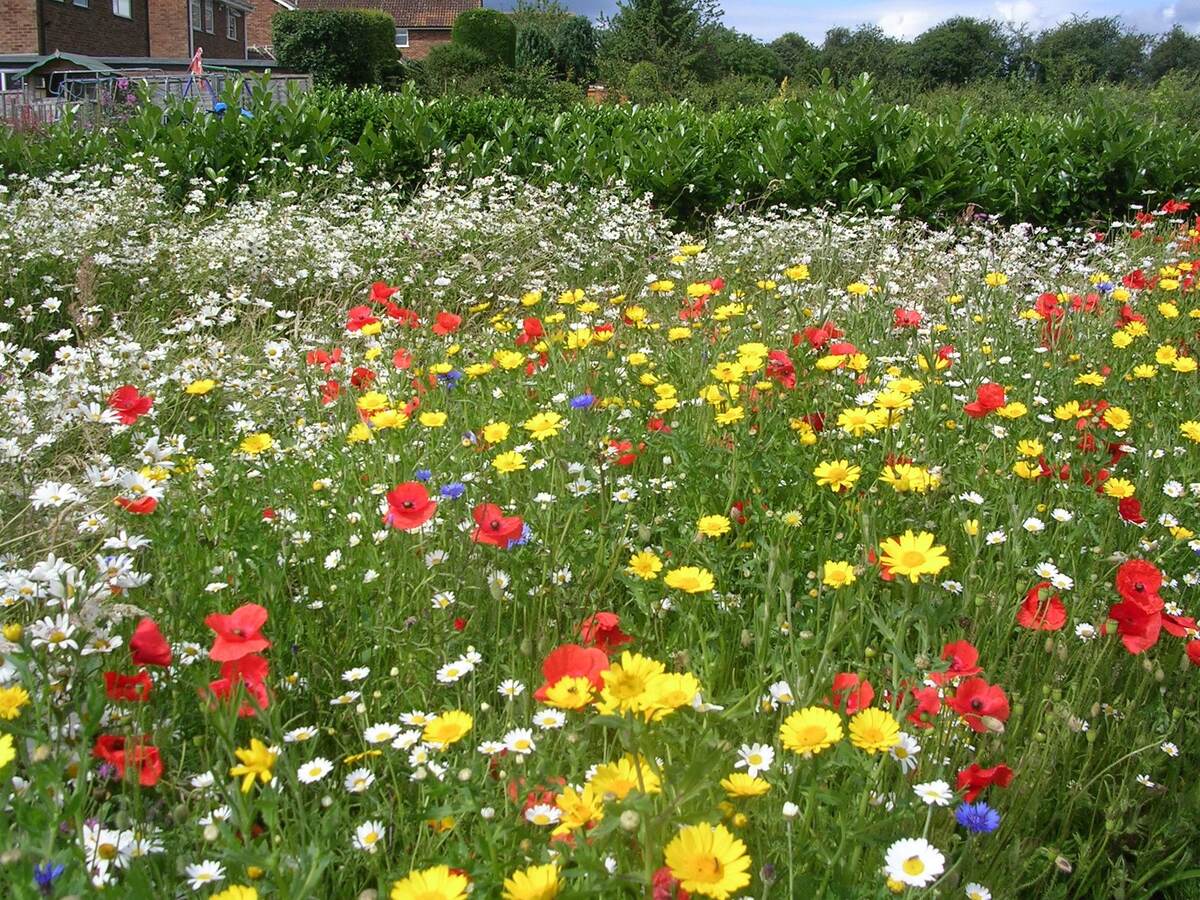
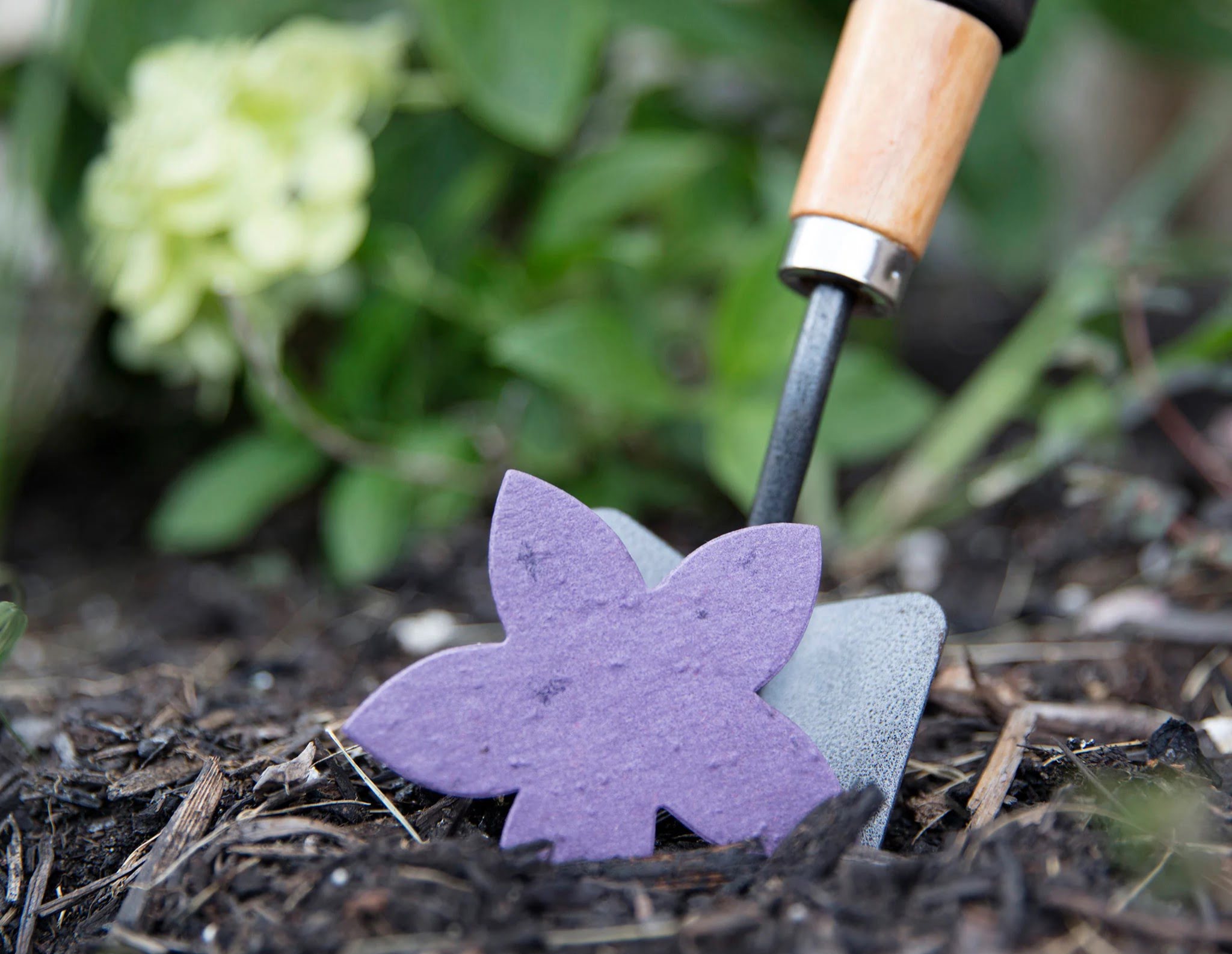
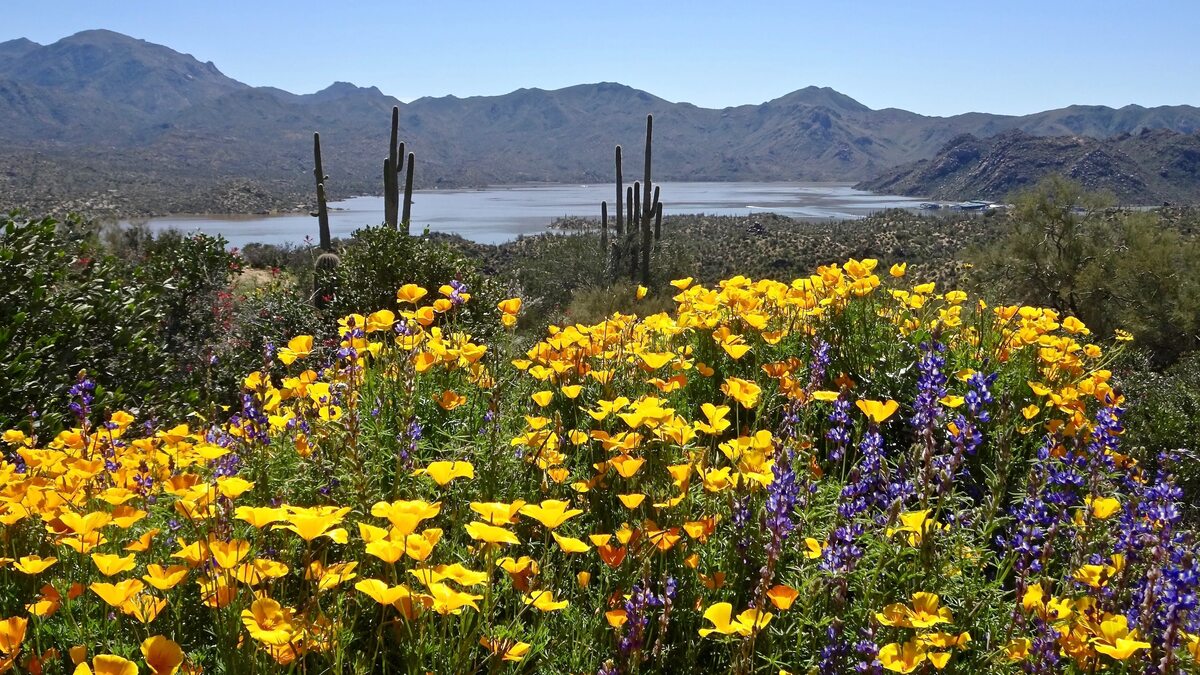
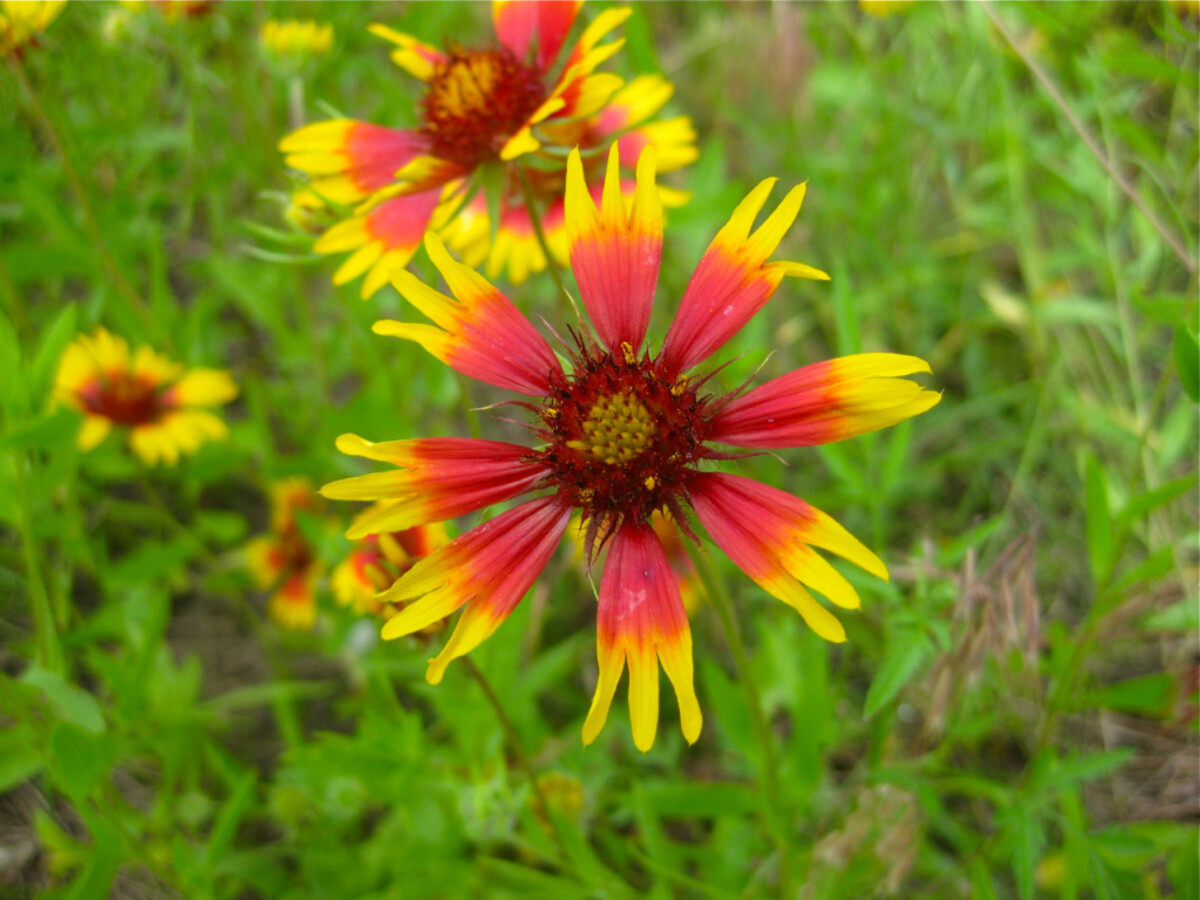
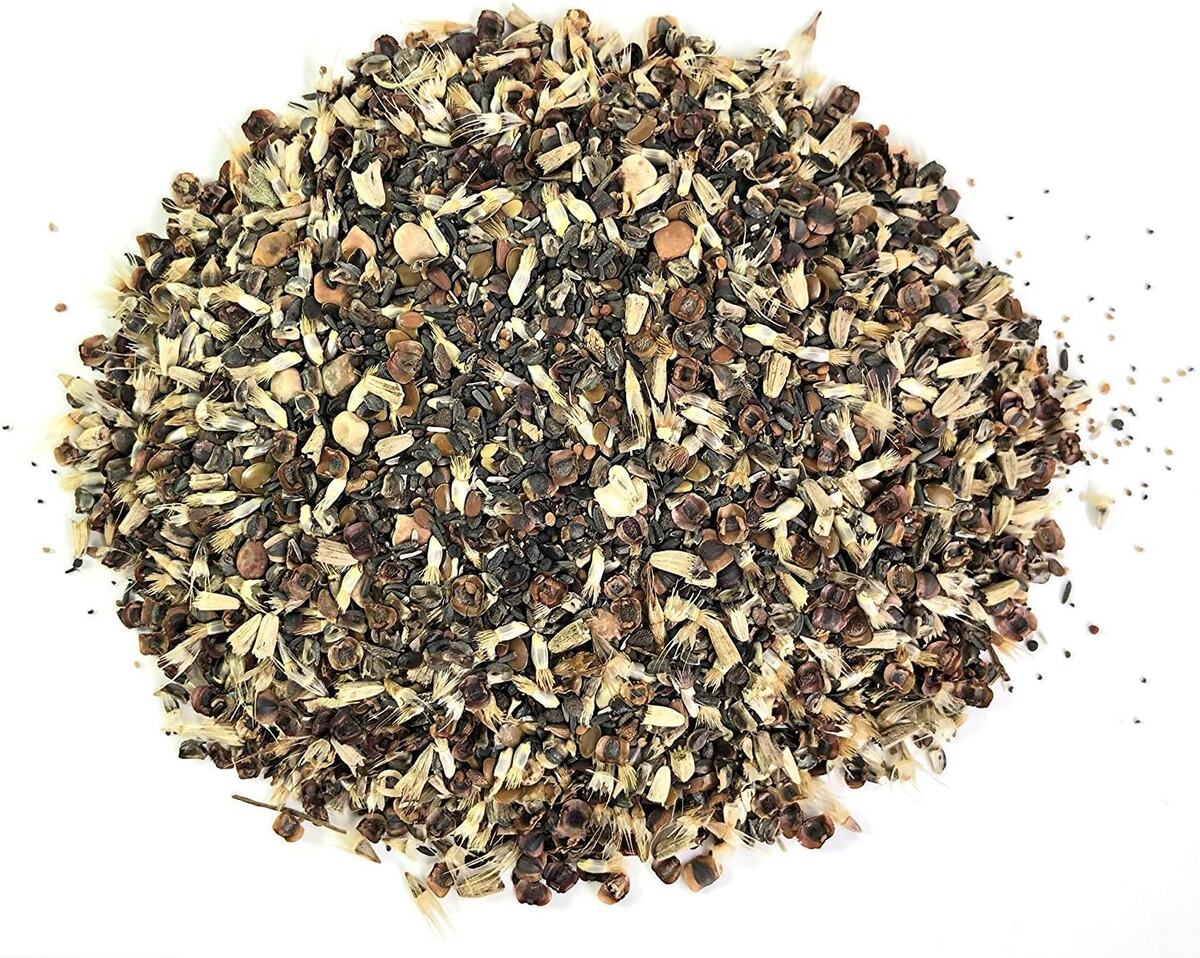
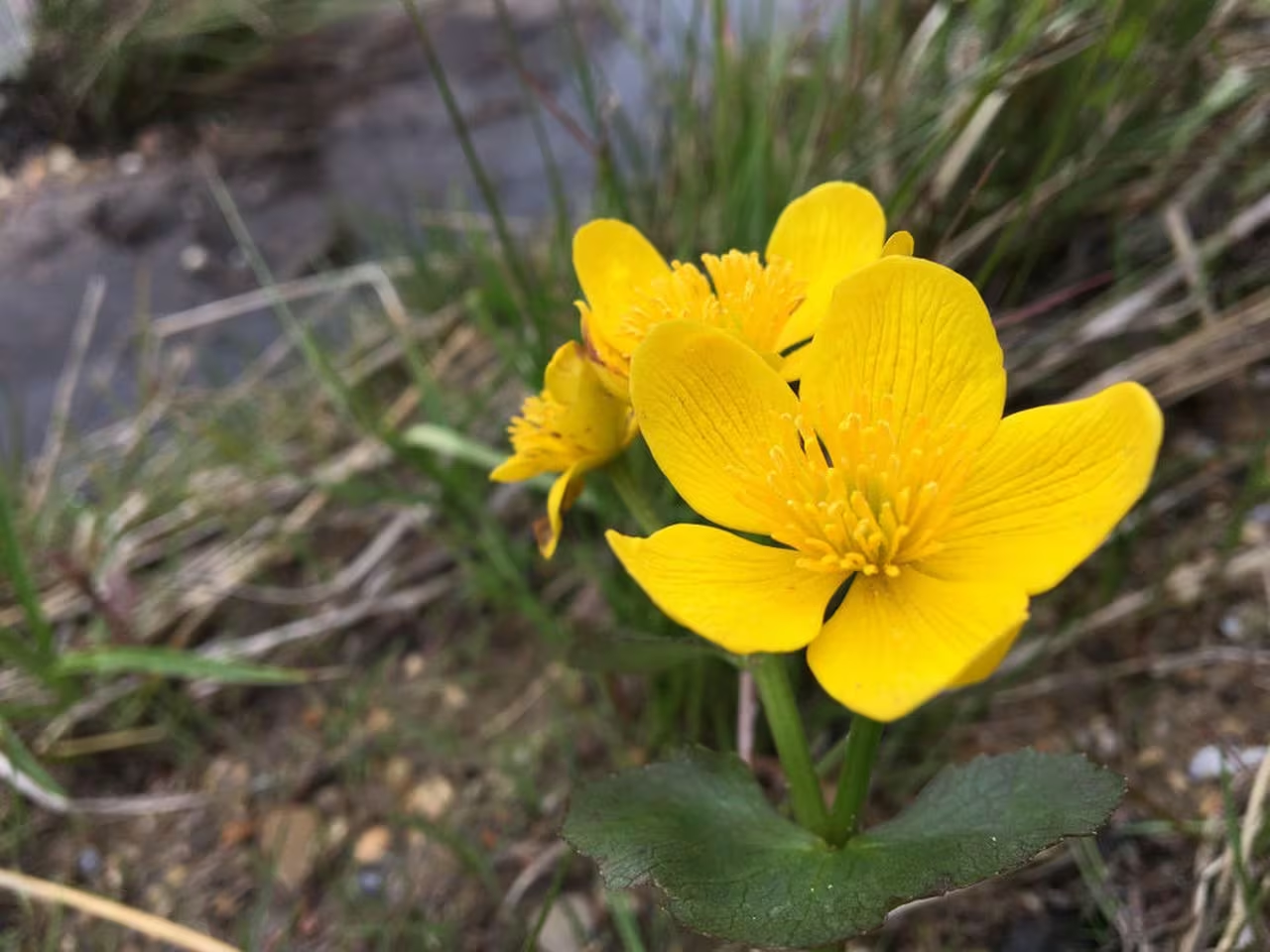

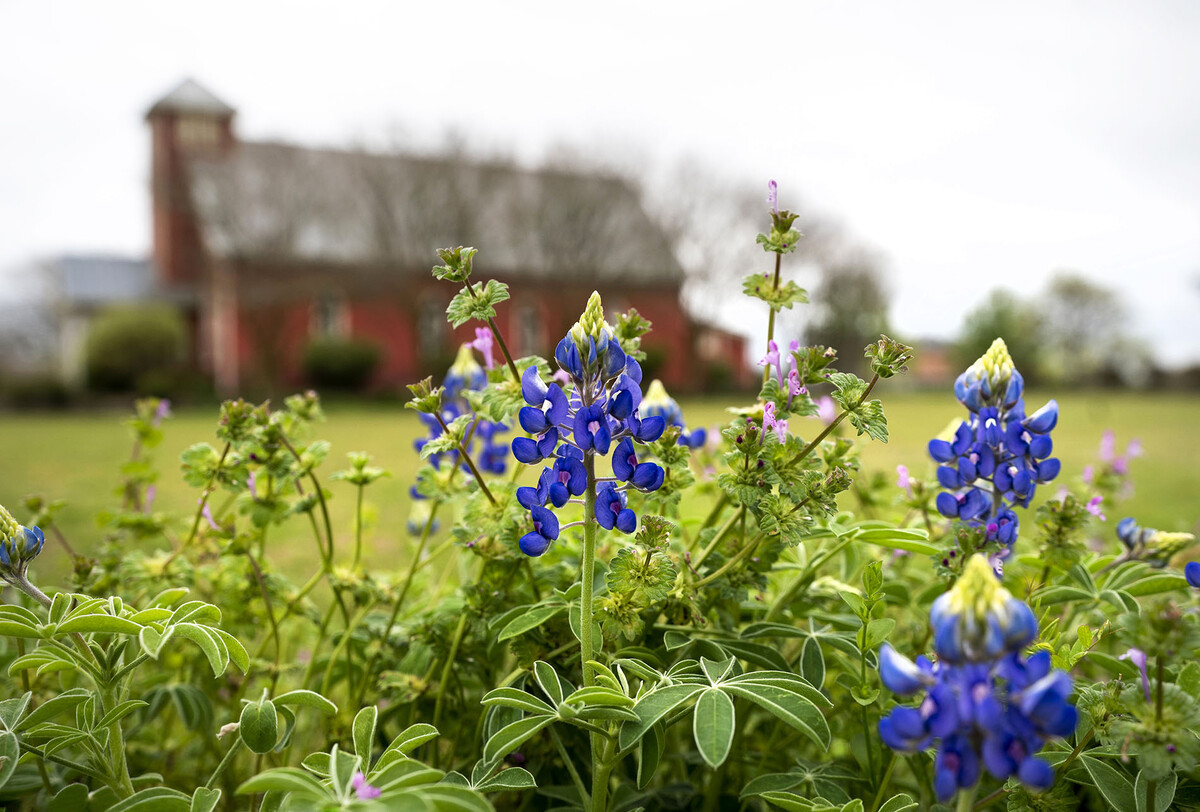
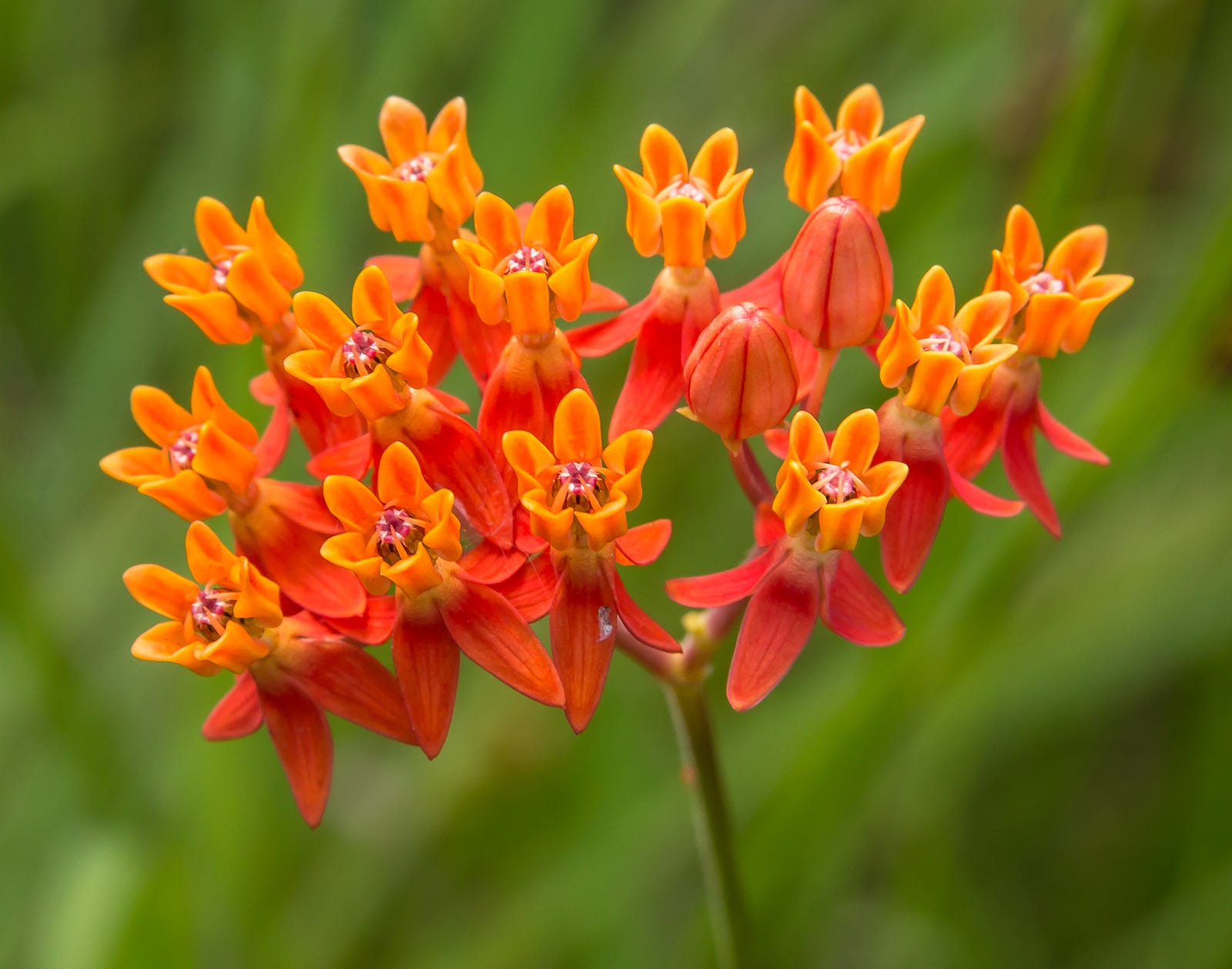
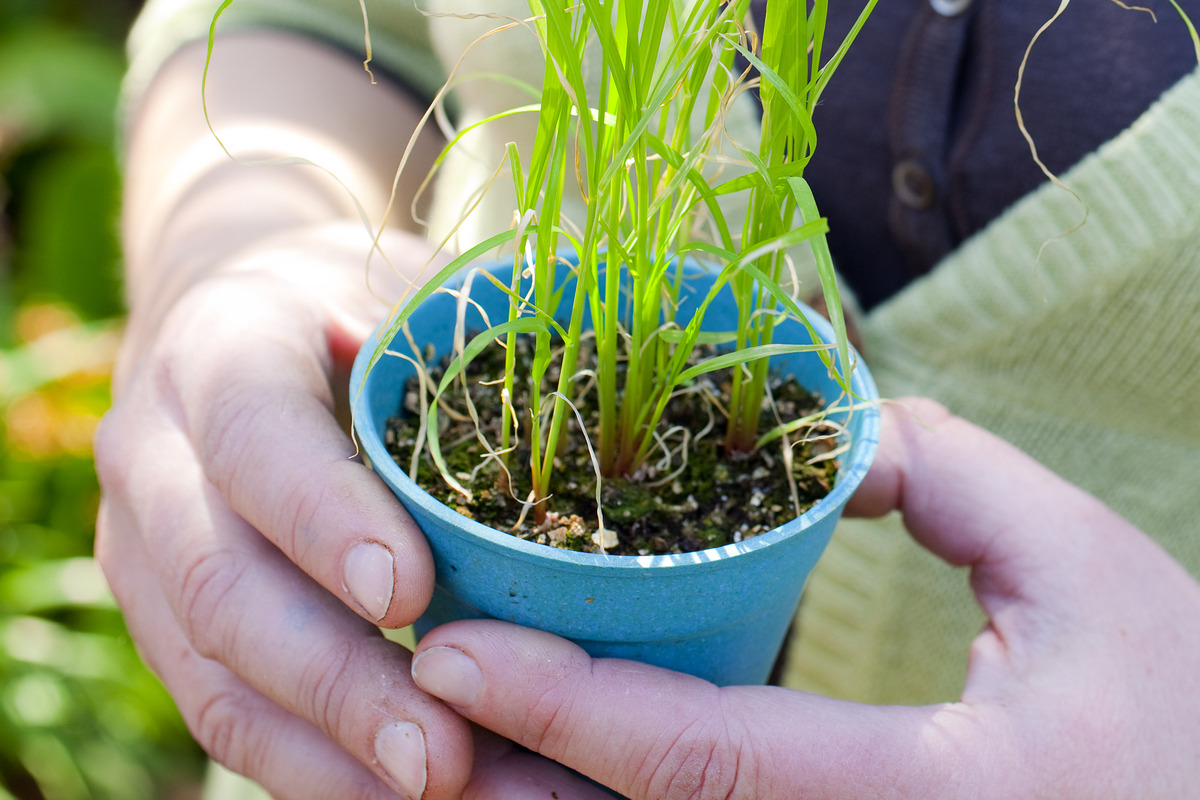
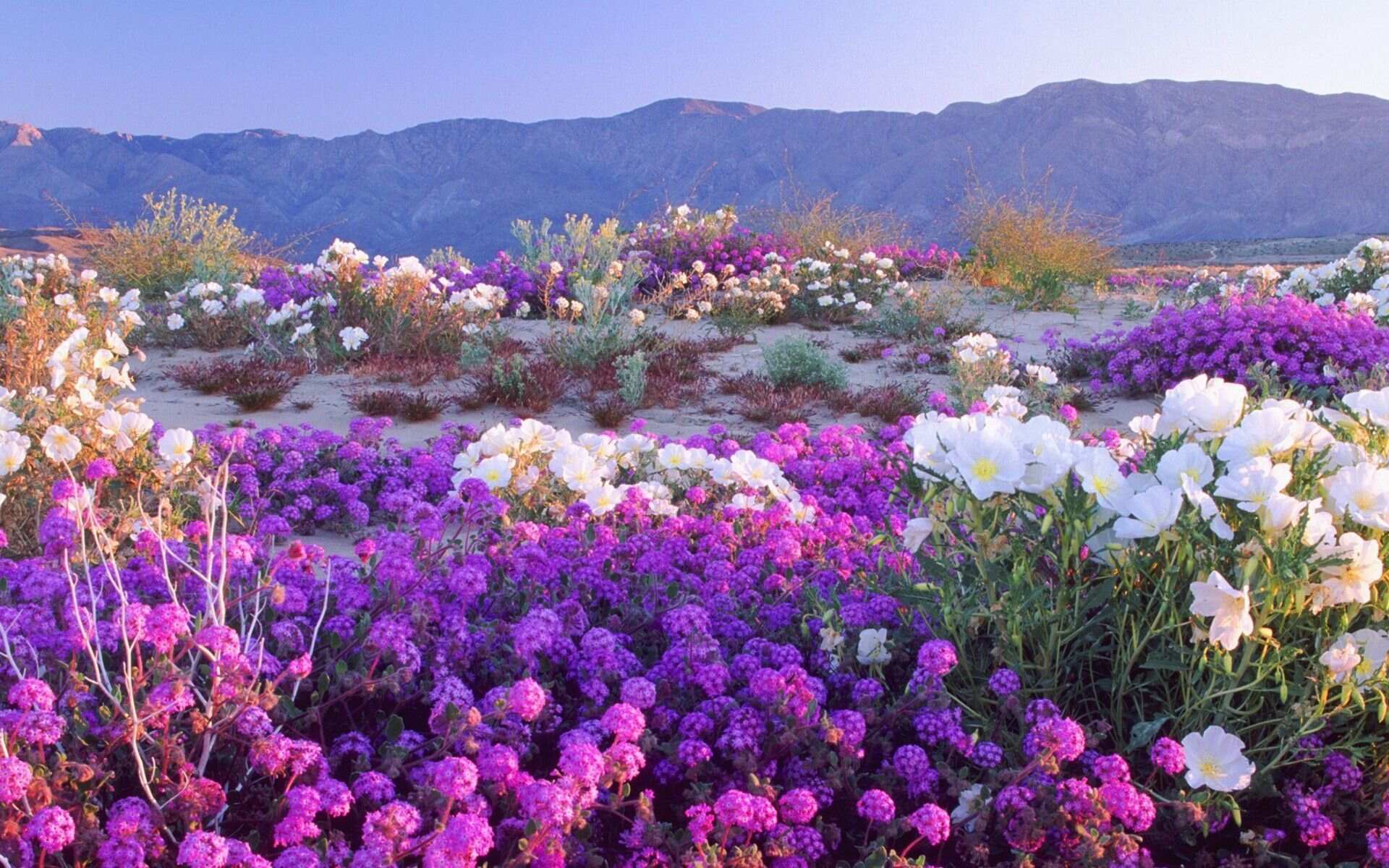

0 thoughts on “When To Plant Wildflower Seeds In Virginia”